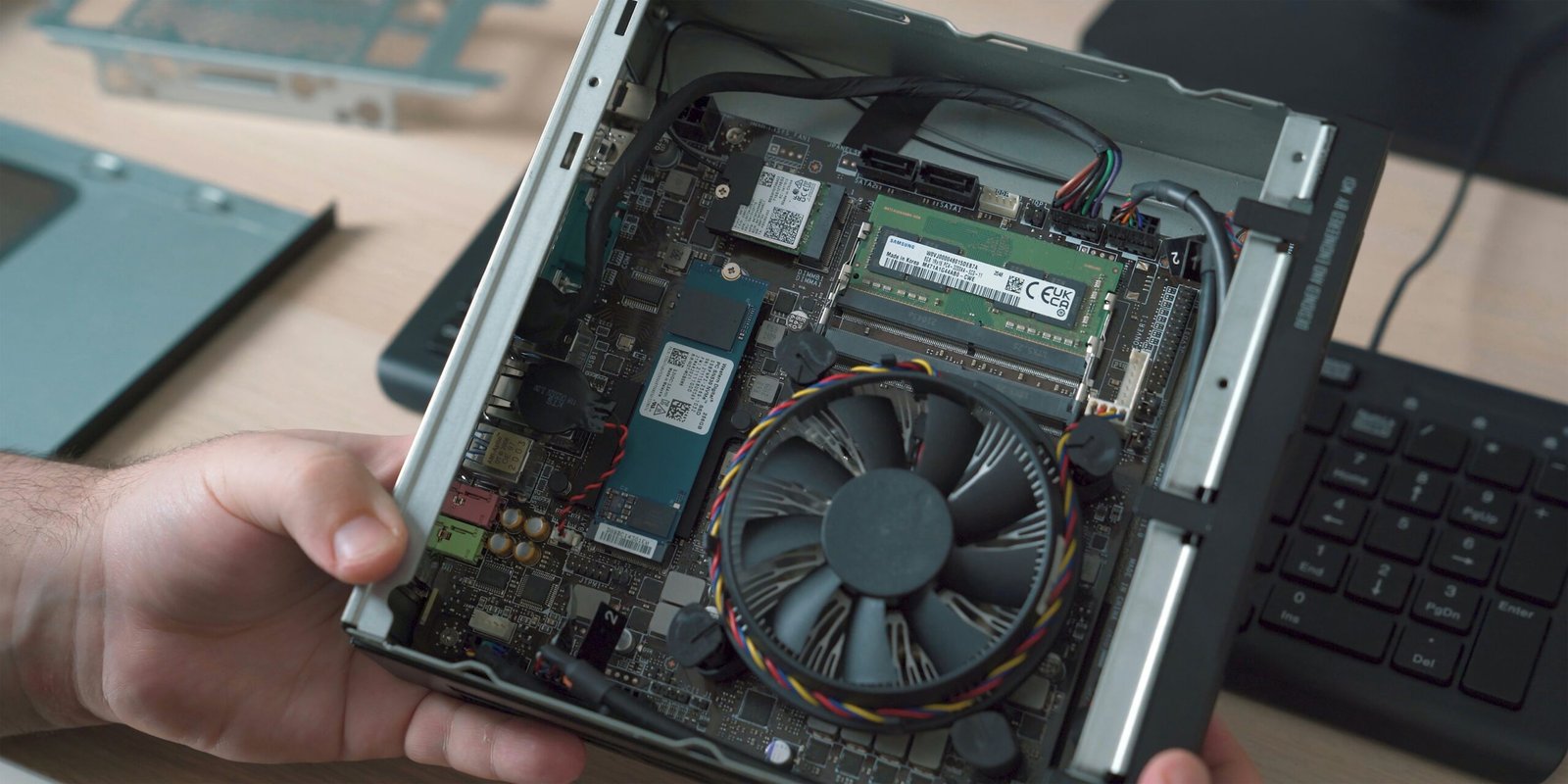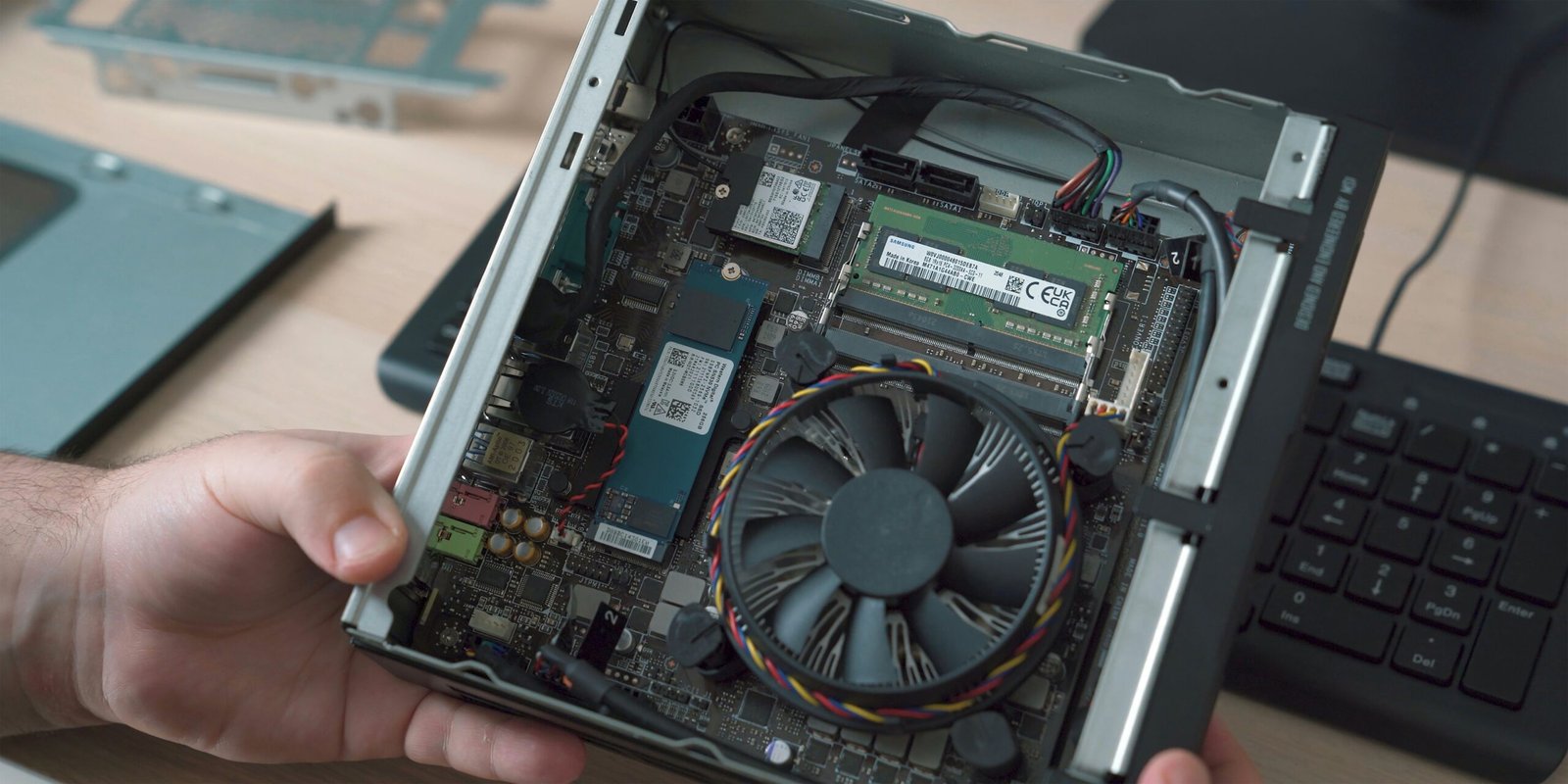Do You Need a Gaming PC to Use a Capture Card?
Understanding Capture Cards: Purpose and Functionality
Capture cards play a pivotal role in modern gaming and streaming setups by enabling the recording and transmission of high-quality video content. At its core, a capture card is a device that captures the video signal from one device, such as a gaming console or another PC, and sends it to another device, typically a computer, where the signal can be recorded or streamed live. This functionality is essential for gamers, content creators, and streamers who seek to present a polished and professional-quality presentation to their audience.
The technology behind capture cards involves converting analog video signals into digital formats that can be easily processed by computers. This process ensures that the captured video maintains its quality and integrity, which is critical for delivering an immersive viewing experience. Capture cards typically connect to the source device via HDMI, component video, or similar interfaces, and then to the recording or streaming computer via USB, PCIe, or Thunderbolt. This setup allows for smooth transmission and recording of high-definition content without noticeable latency.
There are two main types of capture cards: internal and external. Internal capture cards are installed directly into the computer’s motherboard via a PCIe slot. These cards offer superior performance and lower latency, making them ideal for serious gamers and professional streamers who require utmost precision and reliability. On the other hand, external capture cards connect to the computer through USB or Thunderbolt ports. They offer greater flexibility and portability, as they can be easily moved between different systems. External cards are particularly useful for those who may not have the technical know-how to install internal components or for on-the-go content creators.
Overall, capture cards are indispensable tools for anyone looking to capture and stream high-quality video from gaming consoles or PCs. By understanding the purpose and functionality of capture cards, as well as the differences between internal and external variants, individuals can choose the most suitable option that aligns with their specific needs and enhance their gaming and streaming experiences significantly.
“`html
Benefits of Using a Gaming PC with a Capture Card
Integrating a capture card into a setup with a gaming PC offers numerous advantages, primarily due to the advanced processing power and superior graphics capabilities of gaming PCs. One of the key benefits is the ability to handle resource-intensive tasks like real-time encoding with ease. Gaming PCs are typically equipped with high-end GPUs and ample RAM, which are essential for achieving higher frame rates and ensuring minimal lag during gameplay and streaming.
The sophisticated hardware found in gaming PCs, such as powerful processors and advanced graphics cards, enables them to process and render images at a significantly faster rate. This results in smoother and more seamless streaming experiences, which is particularly crucial for avid gamers who require high performance and reliability. The enhanced processing power also allows for more efficient multitasking, enabling users to run multiple applications simultaneously without experiencing any decline in performance.
Moreover, the superior graphics capabilities of gaming PCs ensure that the quality of the captured content is maintained at the highest possible standard. High-resolution graphics and detailed textures are essential for an immersive gaming experience, and a gaming PC is well-equipped to handle such demands. This translates into better visual fidelity and a more engaging viewing experience for the audience.
In addition to these benefits, a gaming PC’s ample RAM is a significant factor in boosting overall performance. Sufficient memory allows for the efficient handling of large files and complex applications, which is particularly important when capturing and streaming high-quality content. The combination of high-end GPUs, powerful processors, and ample RAM makes gaming PCs an ideal choice for anyone looking to integrate a capture card into their setup for high-quality streaming and recording.
“`
Alternative Setups: Using Capture Cards without a Gaming PC
In the realm of content creation and live streaming, while gaming PCs are often cited as the ideal hardware for using capture cards, they are not the only viable option. Standard PCs, laptops, and dedicated streaming devices present themselves as alternative setups, each with unique characteristics that merit consideration.
A standard PC or laptop can effectively employ a capture card to record or stream content. These devices are particularly appealing due to their ubiquitous presence and cost-effectiveness compared to high-end gaming PCs. A laptop, especially a gaming laptop, can offer considerable performance, but the key is to ensure it meets the capture card’s minimum system requirements, such as processor speed, RAM, and USB or PCIe slots.
However, one should be cognizant of the potential limitations associated with using non-gaming PCs for this purpose. Performance bottlenecks are a primary concern. Standard PCs and laptops, especially older models, might struggle to maintain smooth performance during high-resolution streams or recordings, leading to dropped frames and latency issues. Moreover, the quality of streams can be noticeably lower compared to those produced with a dedicated gaming PC, where advanced GPUs and CPUs significantly enhance encoding processes and overall output.
Dedicated streaming devices like the Elgato Stream Deck offer another intriguing alternative. These devices are purpose-built for streaming and typically come equipped with integrated software designed to streamline the process. While they eliminate the need for a robust PC entirely, they also come with their own set of trade-offs. Functionality may be restricted, and users may find these devices less versatile compared to a PC setup. Additionally, the quality of streams from such devices may not match that produced by a high-end gaming rig.
Comparing these setups to one involving a gaming PC reveals stark differences in user experience. A gaming PC, equipped with powerful hardware, ensures superior streaming quality and more streamlined functionality, catering to professionals seeking impeccable performance. Non-gaming PCs and dedicated streaming devices, while cost-effective and more accessible, may demand concessions in terms of performance and versatility.
Choosing the Right Setup for Your Needs
When considering whether you need a gaming PC to use a capture card, it’s essential to evaluate your intended use, budget, and technical expertise. This evaluation will determine the right setup that aligns with your specific needs and goals.
Budget Considerations
Budget is often the deciding factor in whether you should invest in a gaming PC for your capture card. If you are a professional content creator or aspire to produce high-quality streams, investing in a higher-end gaming PC may be beneficial. A robust PC can handle resource-intensive tasks such as real-time rendering, high-resolution recording, and complex video editing. However, if you’re a casual streamer or a hobbyist, there are cost-effective alternatives. Newer laptops and even some consoles can effectively run capture cards, offering sufficient performance without the high price tag.
Intended Use
Your capture card setup will largely depend on its intended use. For professional-grade content creation, where 4K resolutions and high frame rates are standard, a gaming PC with a powerful GPU and ample RAM is highly recommended. Such setups can provide the processing power required for seamless streaming and recording, minimizing lag and ensuring a high-quality viewer experience. On the other hand, for casual streaming or gaming, using a more basic or mid-range PC, or even a dedicated streaming device, may suffice. These alternatives can provide adequate performance without the complexity and cost of a high-end gaming PC.
Technical Expertise
Technical expertise also plays a crucial role in deciding your setup. Gaming PCs often require more knowledge to set up and maintain, especially when dealing with compatibility issues or software configurations. If you are not technically inclined, simpler setups like pre-configured streaming laptops or capture cards compatible with gaming consoles might be more appropriate. These solutions offer user-friendly experiences and can be managed with minimal technical know-how.
Conclusion
Deciding whether a gaming PC is necessary for your capture card usage hinges on a thorough assessment of your budget, intended use, and technical expertise. While a gaming PC is indispensable for professional content creators aiming for top-tier performance, alternatives such as laptops or consoles can still offer impressive results for casual users. By aligning your choice with your specific requirements, you can ensure a fulfilling and efficient streaming experience.







